Virtual reality as a concept dates back to ancient times, with people using panoramic paintings, shadow play, and theater to create immersive experiences. However, the modern era of VR began in the 1960s with the creation of the Sensorama by Morton Heilig. The Sensorama, an arcade-style cabinet that provided users with a multi-sensory experience, was a significant technological breakthrough and paved the way for the VR technology we know today.
Hey there, fellow tech enthusiast! Have you ever wondered when VR was invented? I mean, one day we were all playing Pong on our TVs, and suddenly we were thrown into fully immersive virtual worlds! Crazy, right? Well, sit tight and buckle up, because today, we’re diving into the fascinating history of virtual reality. Trust me, it’s a wild ride!
We’ll explore everything from the earliest mentions of VR concepts to the brilliant minds who brought this sci-fi dream to life. And, of course, we’ll take a trip down memory lane, revisiting the most iconic VR devices and the game-changing moments that shaped the industry as we know it.
So, without further ado, let’s embark on this virtual adventure together and discover the surprising origins of the technology that has forever changed how we interact with digital worlds. Prepare to be amazed!
The First Glimpse: Earliest Mentions of Virtual Reality Concepts
Alright, folks, let’s kick things off with the very first hints of virtual reality concepts. Believe it or not, the idea of VR has been around far longer than you might think. Ready for a history lesson? Don’t worry, I’ll keep it fun and engaging – no snoozefest here!

It all started with an idea. You see, long before the age of digital technology, people were already fascinated by the notion of immersing themselves in alternative realities. In fact, the idea of creating immersive experiences dates back to ancient times. Panoramic paintings, shadow play, and even good ol’ theater – these were the original virtual reality experiences, my friends!

Fast forward to the 19th century, and we encounter a real game-changer: the stereoscope. Invented in 1838 by Sir Charles Wheatstone, this nifty gadget used two slightly different images to create a convincing 3D effect. It was like a Victorian version of today’s VR headsets, minus the motion sickness!

Then, in 1935, we have the sci-fi writer Stanley G. Weinbaum planting the seed of VR in our collective imagination with his short story “Pygmalion’s Spectacles.” The story introduced the idea of a pair of goggles that could transport the wearer into a virtual world, complete with sight, sound, touch, and even smell. Talk about being ahead of his time!
So, there you have it – the very beginnings of virtual reality concepts. From the primitive panorama paintings to the prophetic words of a sci-fi visionary, the dream of VR has always been with us. And trust me, the journey only gets more exciting from here!
Pioneers in VR: Key Innovators and Their Groundbreaking Inventions
Now that we’ve covered the earliest mentions of VR, it’s time to give a shoutout to the trailblazers who turned those dreams into reality. These pioneers of VR brought us a step closer to the immersive experiences we enjoy today. So, let’s roll out the red carpet and meet these visionary inventors!
Morton Heilig
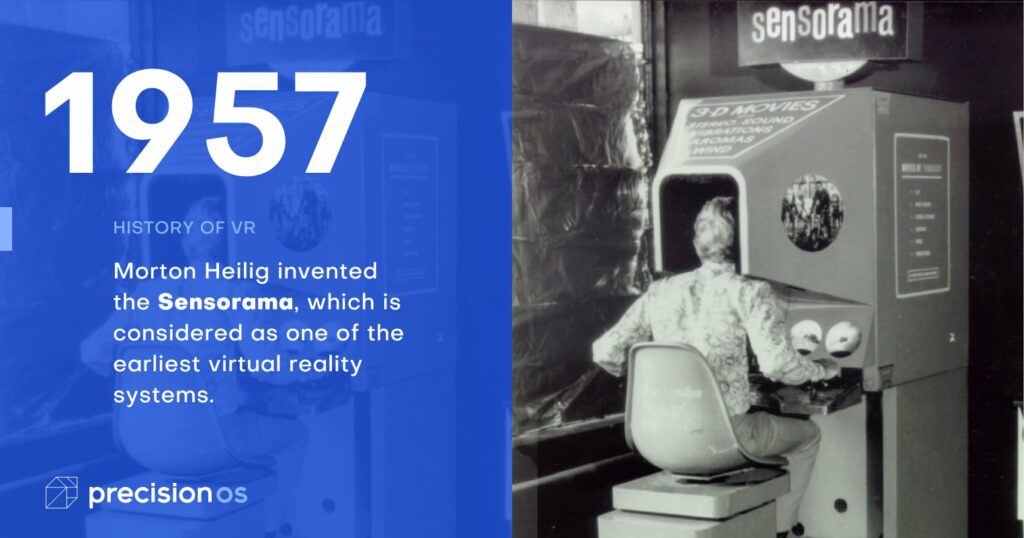
If there were a “father of virtual reality,” it would be this guy! Morton Heilig was a true visionary, way ahead of his time. In 1962, he created the Sensorama, an arcade-style cabinet that provided users with a multi-sensory experience, complete with 3D visuals, sounds, vibrations, and even smells. It may have been bulky, but hey, you’ve got to start somewhere, right?
Ivan Sutherland
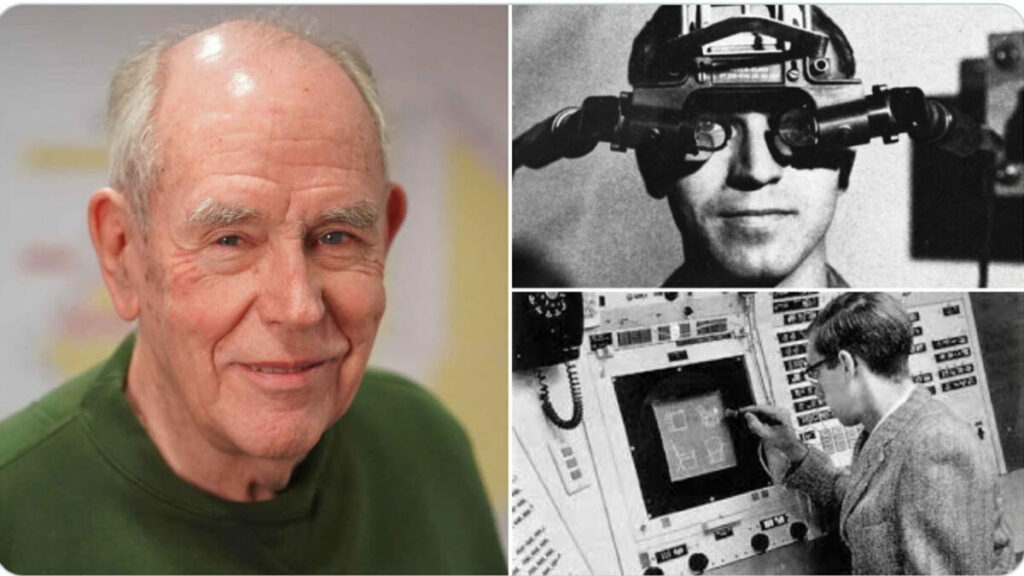
Another big name in VR history is Ivan Sutherland, a computer scientist who, in 1968, developed the first head-mounted display (HMD) called the Sword of Damocles. Sure, it was a bit terrifying, hanging from the ceiling and looking like a medieval torture device, but it paved the way for future HMDs and VR headsets.
Jaron Lanier

Fast forward to the 1980s, and we meet Jaron Lanier, a computer scientist who co-founded the company VPL Research. Lanier not only coined the term “virtual reality,” but his company also developed some of the first VR products, like the DataGlove and the EyePhone. No, not the iPhone, but a head-mounted display that cost an arm and a leg – $9,400 to be precise! Yikes!
Tom Furness
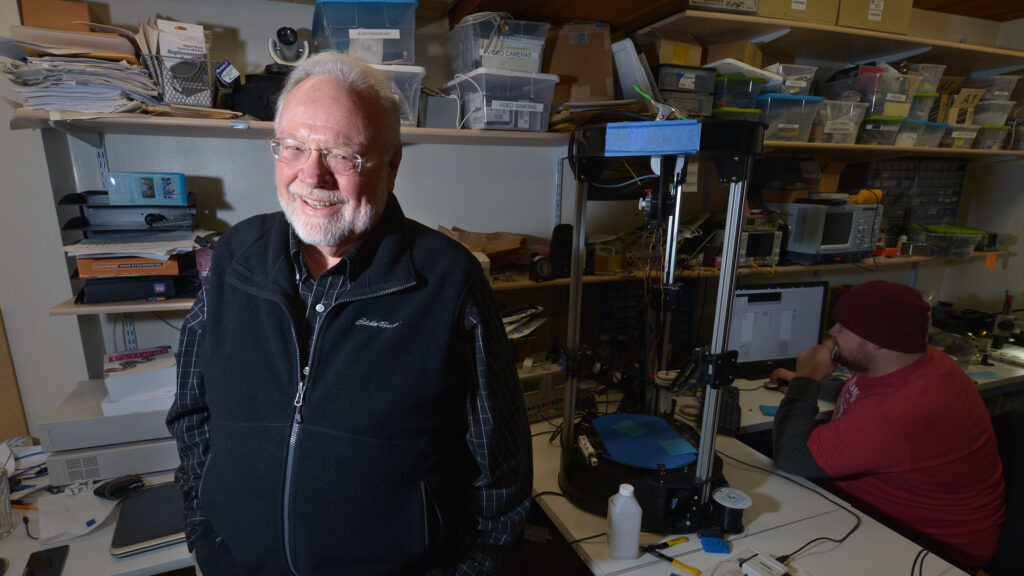
Last but not least, we have Tom Furness, often referred to as the “grandfather of VR.” Furness, an engineer with the U.S. Air Force, developed the Virtual Environment Workstation (VIEW) in the mid-80s. The VIEW system was originally designed for pilot training, but its pioneering use of 3D graphics and head tracking laid the groundwork for the consumer VR devices we know today.
And there you have it – the legendary pioneers who transformed virtual reality from a far-fetched dream into a tangible technology. Without their groundbreaking inventions, we might still be stuck with 2D gaming and flat-screen entertainment. So, let’s raise a glass to these VR trailblazers and their game-changing contributions!
Milestones in VR: Significant Moments Shaping the Industry
With the brilliant minds of VR pioneers paving the way, the industry has seen some truly remarkable milestones. These defining moments have shaped the VR landscape and brought us to where we are today. So, let’s dive into some of the most significant moments in VR history, shall we?
The Power Glove (1989)

Remember the Nintendo Power Glove? Sure, it wasn’t the most accurate or user-friendly gaming accessory, but it was the first taste of VR for the masses. This quirky device, which tracked hand movements and translated them into game controls, made virtual reality a household name and inspired countless gamers to dream of more immersive experiences.
Virtuality Arcade Machines (1991)

In the early ’90s, Virtuality Group introduced their VR arcade machines, bringing virtual reality to the public in a big way. With bulky headsets and large joysticks, players could immerse themselves in 3D gaming worlds, even if the graphics were a bit blocky by today’s standards. The popularity of these arcade machines spurred a wave of interest in VR technology.
The Sega VR (1993, unreleased)
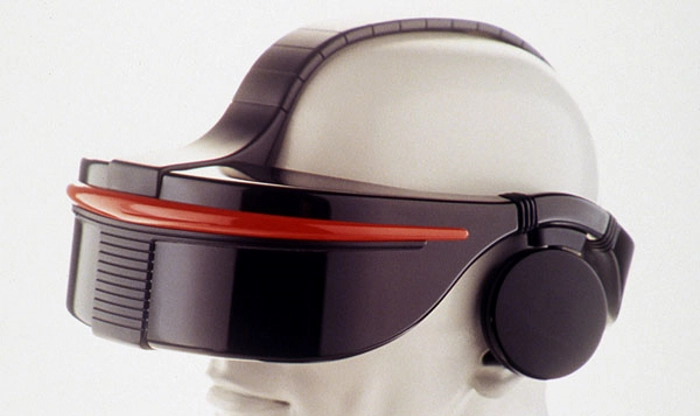
Sega, never one to shy away from innovation, attempted to bring VR into the home gaming market with its Sega VR headset. Although the device was showcased at trade shows, it never made it to retail shelves due to concerns about motion sickness and potential lawsuits. However, Sega’s ambitious project generated buzz and set the stage for future consumer VR devices.
The Oculus Rift Kickstarter (2012)
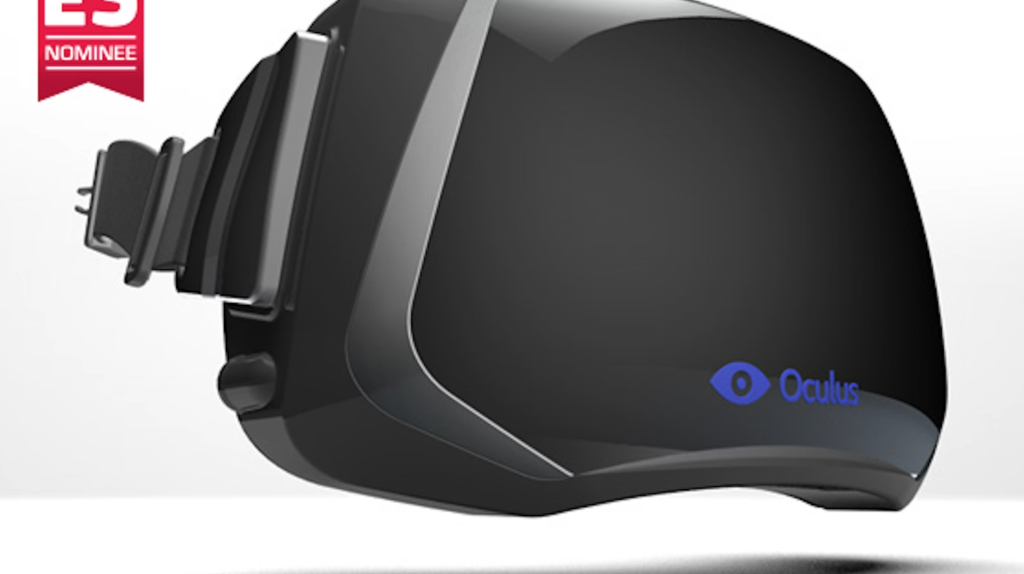
A pivotal moment in modern VR history, the launch of the Oculus Rift Kickstarter campaign marked the beginning of a new era in virtual reality. Developed by Palmer Luckey, the Rift was a high-quality, affordable VR headset for gamers. The Kickstarter campaign raised over $2 million, signifying a massive public interest in VR and reigniting the industry.
The Arrival of Major VR Platforms (2016)
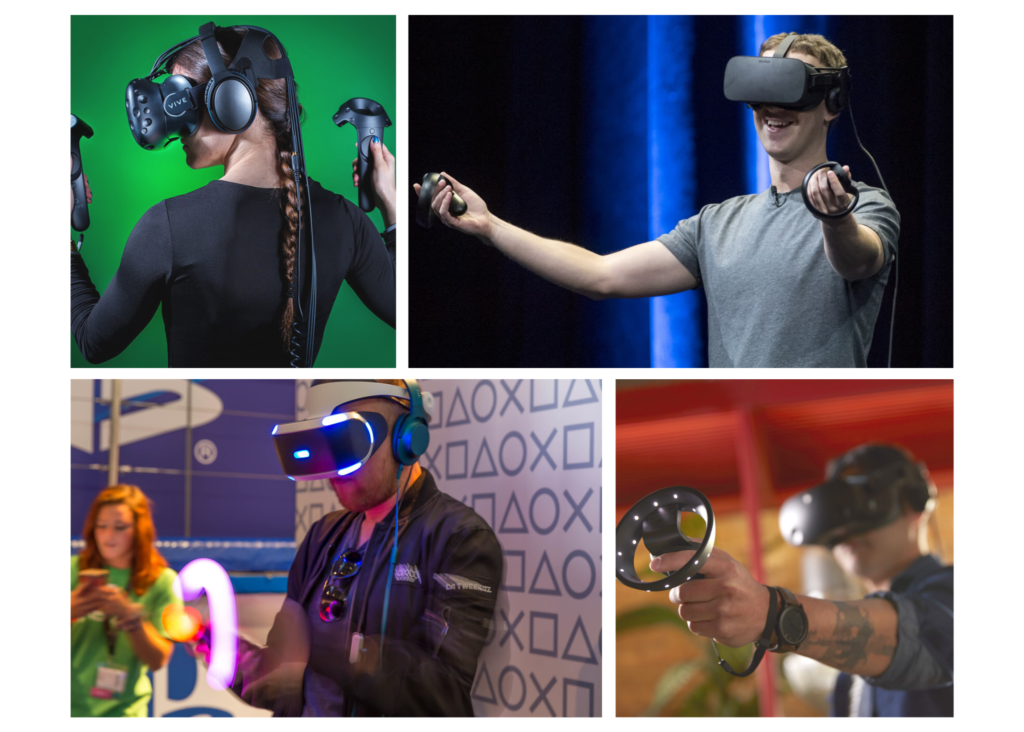
This was the year that VR truly went mainstream. With the release of the Oculus Rift, HTC Vive, and PlayStation VR, virtual reality became accessible to millions of gamers and tech enthusiasts worldwide. These major platforms provided high-quality VR experiences, solidifying the technology’s place in the entertainment industry.
Each of these milestones played a crucial role in shaping the VR industry and bringing us the immersive experiences we enjoy today. As technology continues to evolve, we can only imagine what the next significant moment will be. But one thing’s for sure – the future of VR is going to be nothing short of extraordinary!
The Future of Virtual Reality: Exploring New Horizons in VR Technology
Now that we’ve looked back at the fascinating history of VR and its defining moments, it’s time to turn our gaze to the future. The world of virtual reality is constantly evolving, and the possibilities seem endless. So, what’s on the horizon for VR technology? Let’s take a peek at some exciting developments that could shape the future of this incredible industry.
Improved Hardware and Accessibility

VR headsets are getting lighter, more comfortable, and more powerful with each new generation. As technology advances, we can expect even higher resolutions, wider fields of view, and more precise tracking. This, coupled with decreasing costs, will make VR even more accessible and appealing to a broader audience.
Wireless and Standalone VR
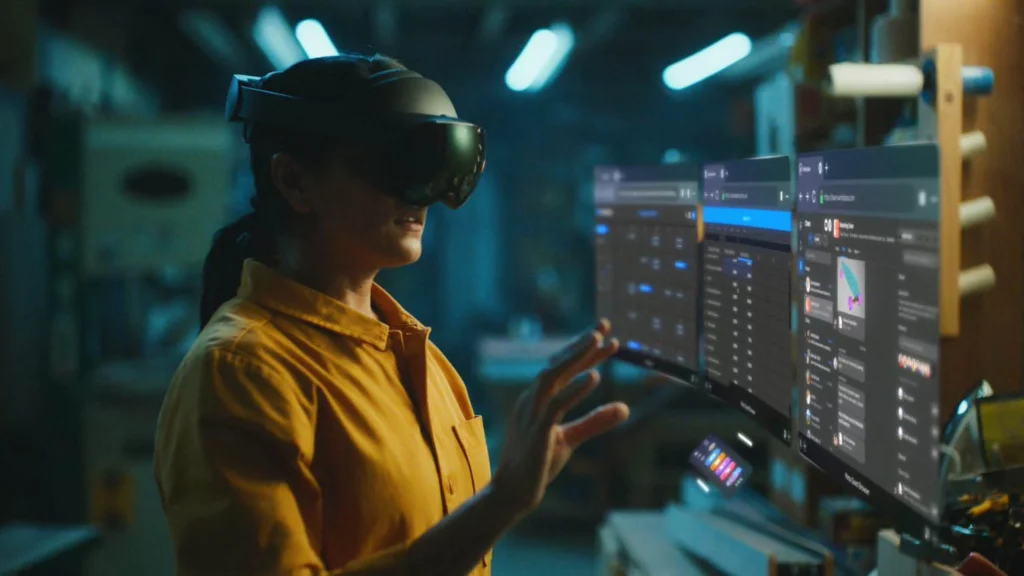
While tethered VR systems still dominate the market, standalone and wireless options are gaining traction. Devices like the Meta Quest have already proven that high-quality VR experiences are possible without the need for a powerful PC. As wireless technology improves, we’ll likely see more standalone devices and even wireless adapters for existing headsets.
Haptic Feedback and Realistic Interaction

One of the most exciting developments in VR technology is the advancement of haptic feedback, which allows users to “feel” virtual objects and environments. Companies are developing gloves, suits, and other wearables that provide realistic sensations, making the virtual experience even more immersive and engaging.
Social VR and Shared Experiences
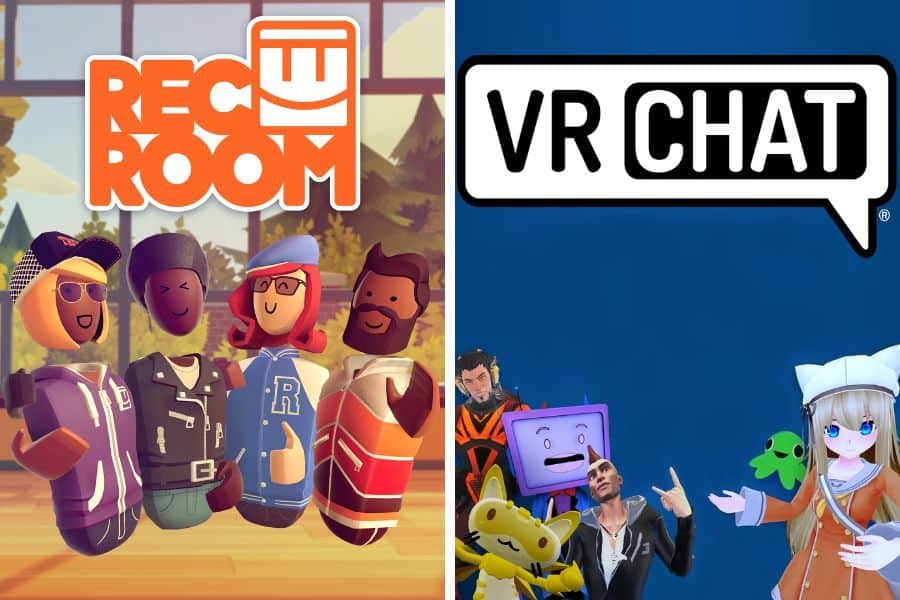
As VR becomes more mainstream, we can expect to see an increase in social and collaborative experiences. Virtual reality platforms like VRChat and Rec Room are already gaining popularity, and we can anticipate more advancements in this area as developers create shared virtual spaces for gaming, work, and social interaction.
Expanded Applications Beyond Gaming
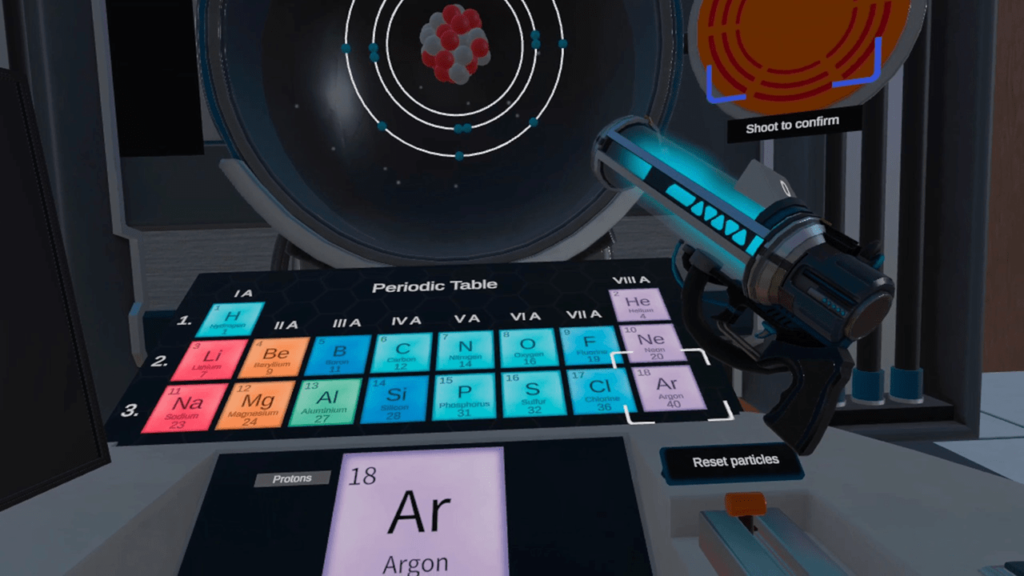
While gaming remains a significant driver of VR adoption, the potential applications extend far beyond entertainment. Industries like healthcare, education, training, and architecture are all exploring the potential benefits of virtual reality. As technology matures, we can expect to see even more industries tapping into the power of VR.
Digital Economy and Asset Ownership in VR
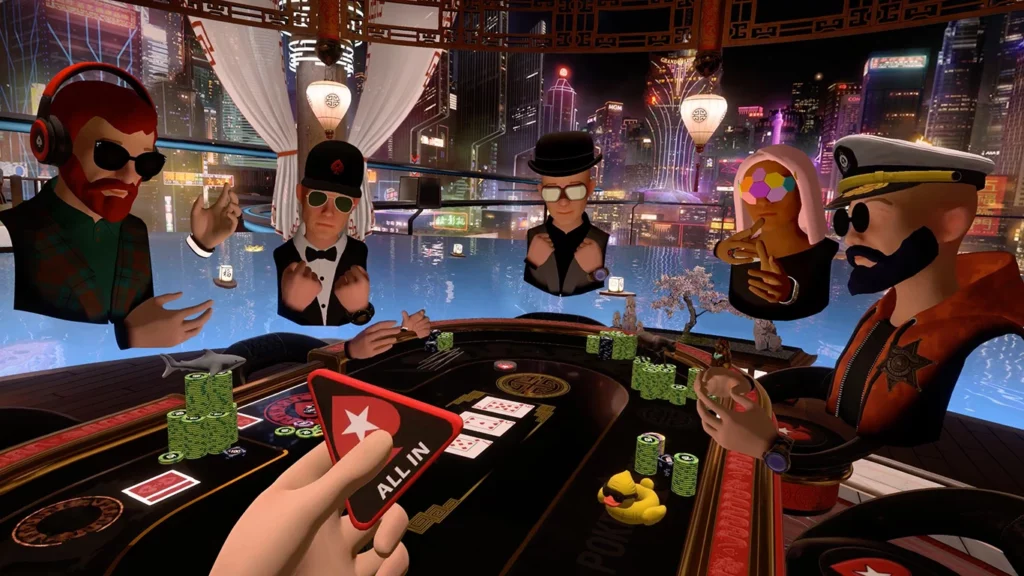
The future of virtual reality is also poised to revolutionize the digital economy by enabling the creation, trade, and ownership of digital assets. Blockchain technology is at the forefront of this transformation, providing secure, transparent, and decentralized solutions for virtual asset management.
- Digital Assets: Virtual reality platforms are becoming more sophisticated, allowing users to create and own digital assets such as virtual clothing, furniture, and artwork. These assets can be bought, sold, or traded within virtual worlds or even across different platforms, creating an entirely new market for digital goods and services.
- Virtual Land Ownership: The concept of virtual land ownership is also gaining traction, with users purchasing and developing virtual real estate in various online worlds. These virtual properties can be used for personal enjoyment, commercial ventures, or even as a form of investment, contributing to the growth of the digital economy.
- Blockchain Integration: By incorporating blockchain technology, virtual reality platforms can ensure the security and authenticity of digital assets and transactions. This allows users to have complete control over their assets and eliminates the risk of fraud and counterfeiting. Smart contracts can be employed to facilitate and automate transactions, making the process more efficient and trustworthy.
- Digital Identity and Reputation: As the digital economy expands, users will need a secure and verifiable digital identity to participate in various virtual reality platforms. Blockchain can be used to create decentralized digital identities that preserve users’ privacy while ensuring their credibility in online transactions.
- Emerging Business Models: The integration of blockchain and virtual reality is expected to give rise to new business models and revenue streams. For example, virtual reality platforms can implement token-based systems to reward users for their contributions or charge fees for access to premium content and experiences. Additionally, advertising and sponsorship opportunities within virtual worlds can offer new avenues for monetization.
The fusion of virtual reality and blockchain technology will create a more secure and transparent digital economy, allowing users to own, trade, and manage digital assets in a decentralized manner. As these technologies continue to develop and integrate, we can expect to see innovative solutions and business models emerge, further propelling the growth of the digital economy in the virtual reality space.
The future of virtual reality is brimming with possibilities, and it’s evident that the industry will continue to grow and evolve in the coming years. As we look forward to the next chapter in the story of VR, we can’t help but be excited about the new horizons awaiting us. So, strap on your headsets, and let’s see where this incredible journey takes us next!
Conclusion
Well, my fellow tech enthusiasts, what a ride it’s been! From ancient panoramic paintings to modern-day VR headsets, we’ve explored the fascinating history of virtual reality and its defining moments. We’ve met the visionary pioneers who made it all possible and looked ahead to the exciting developments that await us in the future.
As we wrap up this virtual adventure, we can’t help but be amazed by the incredible journey of VR. From a sci-fi dream to a tangible technology, virtual reality has come a long way in a relatively short time. With each new generation of hardware and software, the possibilities for immersive experiences expand, giving us a glimpse of what the future may hold.
But one thing is certain – the journey is far from over. As technology continues to evolve, we can expect to see even more exciting developments in virtual reality, from improved hardware to new applications and business models. The fusion of VR and blockchain technology is just one example of innovative solutions that are already transforming the industry.
So, as we bid farewell to this virtual adventure, let’s keep our eyes on the horizon and stay tuned for what’s to come. Who knows what new worlds we’ll discover, what new experiences we’ll have, or what new technologies will emerge? But one thing’s for sure – the journey of virtual reality is far from over, and it’s going to be one wild ride!




